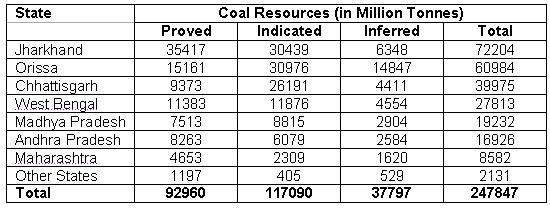Perspective

India’s Energy Security
by Prashant Gupta
M. Tech. Petroleum Engg.,
Indian School of Mines, Dhanbad-826004 (Jharkhand) India
Email: prashantgupta1983@gmail.com
Energy Security
Since the beginning of this century, energy is taking a central place for economic development and social progress of nations around the world. Today, more than 80% of the global energy needs are met by fossil fuels such as oil, gas and coal. According to several estimates, it is forecasted that the time to depletion is approximately 40 to 60 years for oil, while gas is likely to last a little over 100 years. Therefore, many nations in the world are worried about their security of future energy supplies, especially those which depend heavily on the imports for their oil and gas needs. The basic aim of energy security for a nation is to ensure uninterrupted supply of energy to support its commercial and economical activities for sustained economic growth and also to reduce its dependency on imported energy sources.
Energy is the lifeline of modern societies. Energy Security is an issue of vital importance, particularly in the context of the accelerating pace of our economic growth. India’s low per capita energy consumption currently cannot be for long go with our quest for an accelerated pace of economic growth. Energy Security is therefore a national imperative.
Energy Scenario in India
Commercial energy consumption in India has grown from a level of about 26%-72% in the last five decades. The current per capita primary energy consumption in India is about 243 kgoe/year which is well below that of developed countries. Driven by the rising population, expanding economy and a quest for improved quality of life, energy usage in India is expected to rise around 450 kgoe/year in 2010. India has hardly 0.8% of world’s oil and gas reserves. Our annual requirement of oil is 112 million tones against which we produce only about 28%. The net import cost of oil and natural gas stood at $34.09 billion (Rs 150,492 crore) in 2005-06 which is about 26% of total import. This is a very challenging and alarming situation for energy security for India. On the other hand India ranks 3rd amongst the coal producing countries in the world. It has about 248 Billion tonnes of coal reserves upto the depth of 1200m. Coal meets about 60% of the commercial energy needs and about 70% of the electricity produced in India comes from coal. Considering the limited reserve potentiality of petroleum & natural gas, eco-conservation restriction on hydel project and geo-political perception of nuclear power, coal will continue to occupy centre-stage of India 's energy scenario.
Coal Reserves in India
Coal is the most important and abundant fossil fuel in India. India holds 7% of the world’s proven coal reserves and ranks 3rd amongst the coal producing countries in the world. Most of the coal production in India comes from open cast mines contributing over 80% of the total production and rest from underground mines. In-spite of having vast reserves, hurdles to exploit its potential is inferior quality and deeper presence.
The coal resources of India are available in sedimentary rocks of older Gondwana Formations of peninsular India and younger Tertiary formations of northern/north-eastern hilly region. As a result of exploration carried out up to the depth of 1200m by the GSI and other agencies, a cumulative total of 247.85 Billion tonnes of coal resources have been estimated in India as on 1.1.2005. The state-wise distribution of coal resources and its categorisation are as follows:
Disclaimer : The views
expressed in the articles are author’s own views B’Cognizance or
IIITA is not liable for any objections arising out of the same.
The matter here is solely for academic use only.